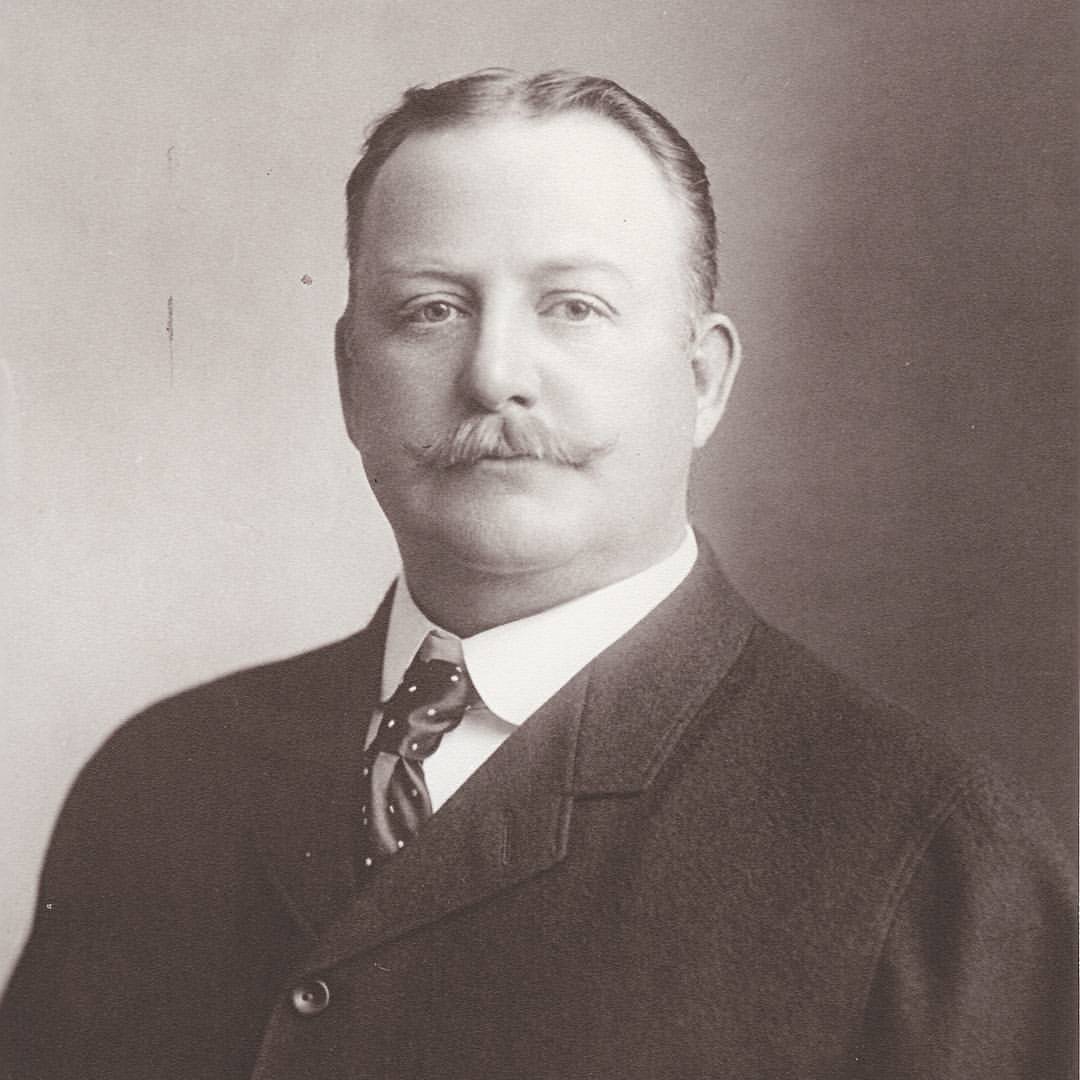

The Buffalo Signal (If Skulls Could Speak) reflects this new perspective, depicting an Indian buffalo scout dramatically posed on horseback signaling his tribesmen. Dippie, The Frederic Remington Art Museum Collection, Ogdensburg, New York, 2001, p. Indians figured more prominently in his later paintings than soldiers. In defeat, they attained a certain ‘nobility of purpose,’ and a measure of respect, even sympathy, followed on that recognition. “With the Indian wars over, Remington discovered that he admired the vanquished almost as much as the victors. Native Americans became the enduring heroes, rather than villains, of his visual tales. However, around 1900 when the present work was painted, his depictions began to take on a more sympathetic view. In the artist’s earlier compositions, Native Americans nearly always appeared as adversaries, a threatening presence circling Remington’s primary subjects of frontiersmen or soldiers. “Yet,” writes Peter Hassrick, "there was a mystery about the Indian which Remington could never fathom, no matter how intense his study, no matter how frequent his observations…Remington wrote, ‘…I believe that no white man can ever penetrate the mystery of their mind or explain the reason of their acts.’” ( Frederic Remington, New York, 1973, p. Many trips West followed, and Remington brought home a significant collection of Native American clothing, weaponry and other artefacts, which added to his personal experiences to lend his art a high degree of accuracy. Working for Harper's, the artist was given his first formal assignment in 1886 to travel to Arizona to report on the campaign to capture Apache chief Geronimo. Remington made his first trip to the West in the summer of 1881, traveling through Montana. Painted in 1900, the work incorporates the realistic detail and compelling narrative of Remington’s reputation-making illustrations, while also epitomizing the vibrant play of color and brushwork of the acclaimed Impressionist easel paintings of his mature career. The Buffalo Signal (If Skulls Could Speak) represents one of the most enduring themes in Remington’s art, the Native American, painted as a heroic solitary figure on horseback. His iconic paintings, illustrations and sculptures remain the definitive model of the Old West for the writers, artists and filmmakers who have followed. More than any other artist of his generation, Frederic Remington’s work embodies the spirit of the action and drama of the American West.

Santa Fe, New Mexico, Gerald Peters Gallery Chicago, Illinois, Mongerson-Wunderlich, Frederic Remington, May 3-July 31, 1991, pp. 38, illustrated (as The Signal (If Skulls Could Speak)). Los Angeles, California, Gene Autry Western Heritage Museum Youngstown, Ohio, Butler Institute of American Art Denver, Colorado, Denver Art Museum Indianapolis, Indiana, Eiteljorg Museum Roanoake, Virginia, The Roanake Museum, The West Explored: The Gerald Peters Collection of Western American Art, November 1988-April 1990, p. 9, illustrated.Ĭody, Wyoming, Buffalo Bill Historical Center, The Art of Frederic Remington: An Exhibition Honoring Harold McCracken, May 1-September 1, 1974, p. New York, Wildenstein Gallery, How the West Was Won: Paintings, Watercolors, Bronzes by Frederic Remington and Charles Russell, May 22-June 22, 1968, n.p., no. Oshkosh, Wisconsin, The Paine Art Center and Arboretum Minneapolis, Minnesota, Minneapolis Institute of Arts Williamstown, Massachusetts, Sterling and Francine Clark Art Institute, Frederic Remington: A Retrospective Exhibition of Painting and Sculpture, August 1-December 31, 1967, n.p., no. Argyle, Scott Joplin and the Age of Ragtime, Jefferson, North Carolina, 2009, p. Greenbaum, Icons of the West: Frederic Remington's Sculpture, Ogdensburg, New York, 1996, pp. Webster, Frederic Remington: A Catalogue Raisonné of Paintings, Watercolors and Drawings, vol. 63-64 (as The Signal (If Skulls Could Speak)). Luke, Shows of Force: Power, Politics, and Ideology in Art Exhibitions, Durham, North Carolina, 1992, pp. 48, illustrated.Īrizona Highways, Phoenix, Arizona, April 1985, no.4, vol. Baker, Artists in our World: Frederic Remington, Chicago, Illinois, 1977, p. Broder, Bronzes of the American West, New York, 1974, pp. Gregg, "The Art of Frederic Remington," Connoisseur, vol. McCracken, The Frederic Remington Book: A Pictorial History of the West, Garden City, New York, 1966, pp. McCracken, Frederic Remington: Artist of the Old West, New York, 1947, p. Wister, Done in the Open: Drawings by Frederic Remington, New York, 1902, frontispiece illustration.


 0 kommentar(er)
0 kommentar(er)
